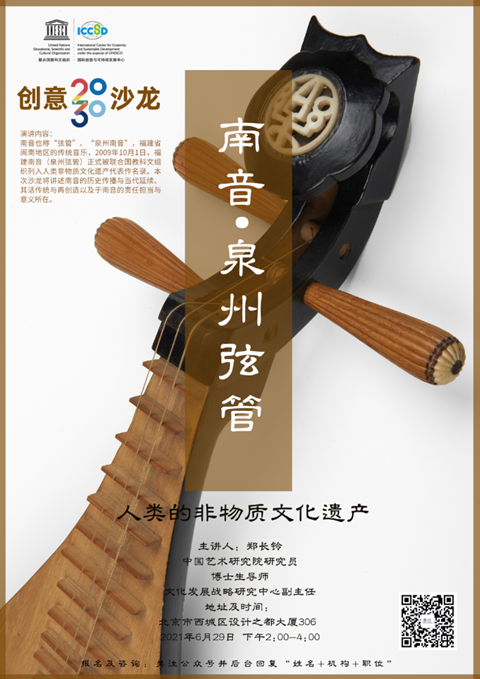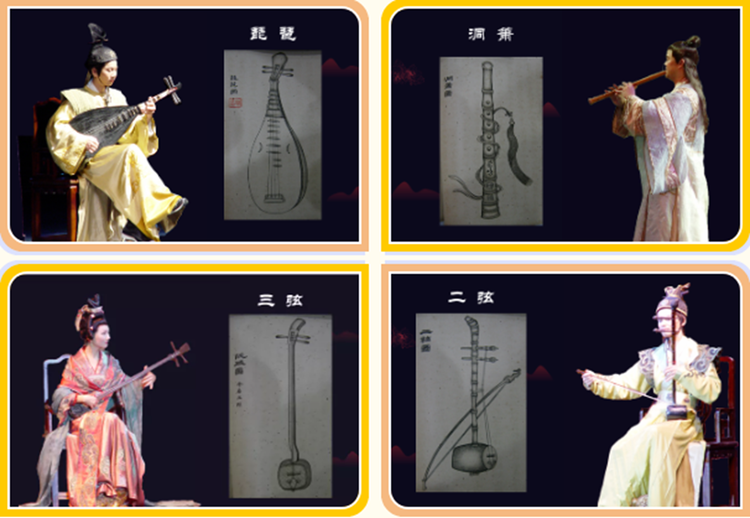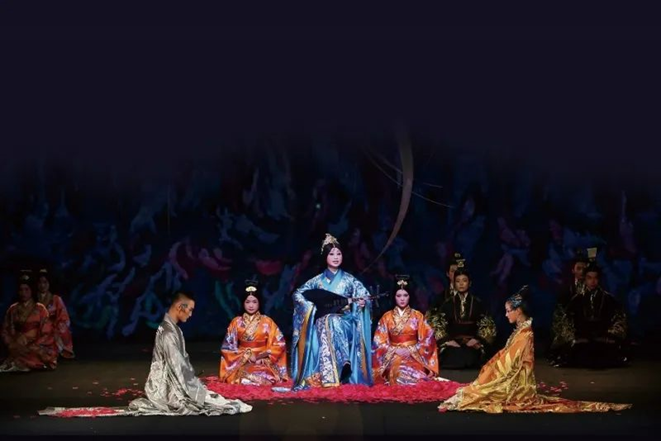
Zheng Changling
Researcher & Ph.D. supervisor at the Chinese National Academy of Arts
Deputy director of the Cultural Development Strategy Center
Nanyin, also known as "Xianguan (stringed pipe music)" and "Quanzhou Nanyin", is a traditional musical performing art central to the culture of the people of Minnan in southern Fujian Province. On October 1st, 2009, it was inscribed on the Representative List of the Intangible Cultural Heritage of Humanity by UNESCO. Nanyin, which is called a "living fossil" from China's musical history, is one of the oldest existing musical forms in China, prevailing in the south of Fujian Province—both in the cities and countryside—where people sing Nanyin songs in the local dialect of southern Fujian. On June 29th, 2021, ICCSD held the 12th Creativity 2030 Salon themed on "Nanyin: Quanzhou Xianguan". Zheng Changling, a researcher and Ph.D. supervisor at the Chinese National Academy of Arts, was invited to expound on the inheritance and development of Nanyin.

The Combination of Vocal Repertories and Instrumental Suites
Nanyin has an old, rich and complete music system composed of three parts, namely zhi, pu and qu, a combination of vocal repertories and instrumental suites. The chief musical instruments used in a Nanyin performance include the pipa (a pear-shaped four-string lute, said to have originated from Persia); the dongxiao (a vertically-held six-hole bamboo flute); the sanxian (a long-necked three-string fretless string instrument whose soundbox is covered with python skin); the erxian (a two-string fiddle); the paiban (clappers); the sibao (a percussion instrument made of bamboo); the xiaojiao (a small metal gong); and the muyu (a fist-size wooden block). And they are categorized into four upper instruments and four lower instruments. It is worth mentioning that the pipa used to play Nanyin is held horizontally for playing, which is quite different from the common ones which are held upright. The unique form of pipa performance is regarded as "living remains".

The Chief instruments used in Nanyin
Living Tradition and Reinvention
In a fast-paced society, people focus more on external gains, which alienates the best ecology to inherit Nanyin culture. Because people pay heed to how many songs it can create instead of how to impart and inherit the essence of Nanyin. As an intangible cultural heritage, Nanyin needs to stimulate its internal vitality through external assistance in the process of reinvention.
One typical case of reinvention is Fengqiuhuang (Phoenix Seeking a Mate), a Nanyin new work innovated and initiated by the Collaboration and Innovation Center of Nanyin Cultural Inheritance and Development (Fujian "2011 plan") and Quanzhou Normal University, jointly produced by Music and Dance Department of Quanzhou Normal University and Quanzhou Nanyin Inheritance Centre. While adhering to its traditional culture and aesthetic spirits, the new work innovates in the performing form.

A picture of the new work Fengqiuhuang onstage
(Video via Zheng Changling)
Inheritance
In the view of music, Nanyin is a pretty precious intangible cultural heritage. The protection and inheritance of Nanyin are instrumental in safeguarding cultural diversity and promoting the sustainability of humanity in terms of international, national, and regional cultures and social development.
The inheritance, transmission, and development of Nanyin is a big issue concerning cultural development. It is not only a matter of cultural awareness but also a matter of how to practice under the guidance of a certain value. We expect the appearance of more exemplary cases in China to contribute to the great rejuvenation and development of the Chinese nation.